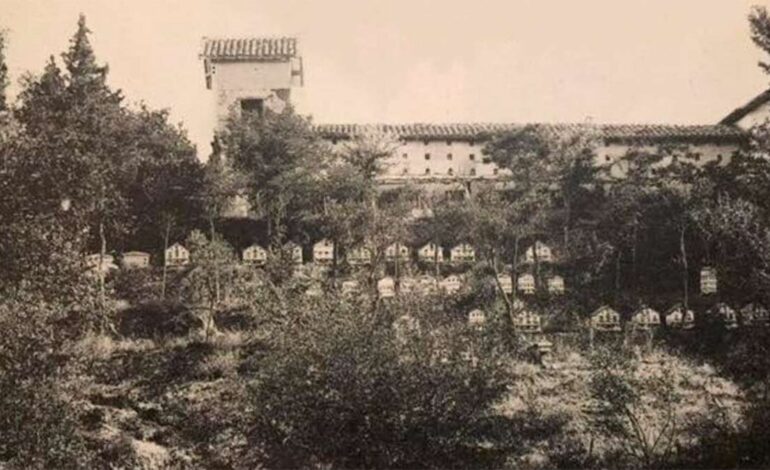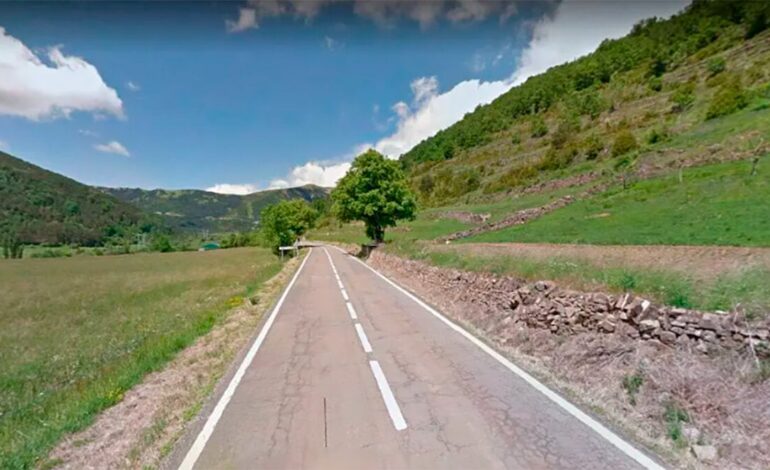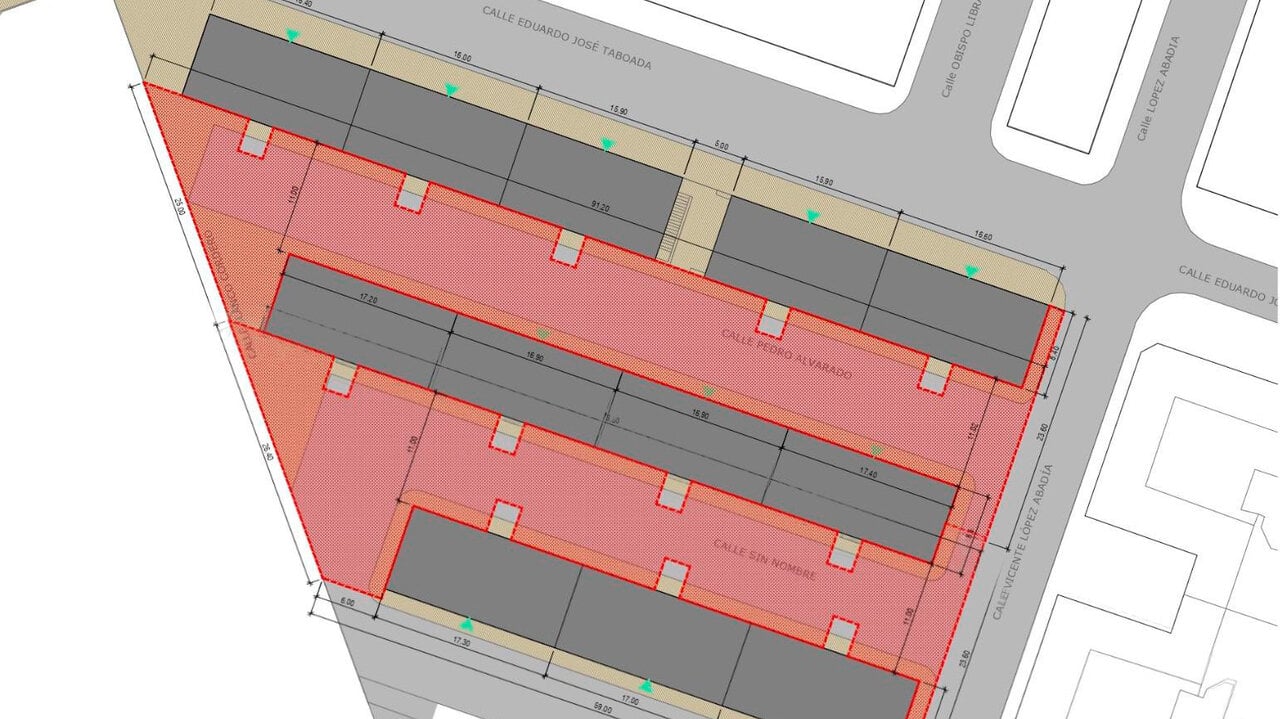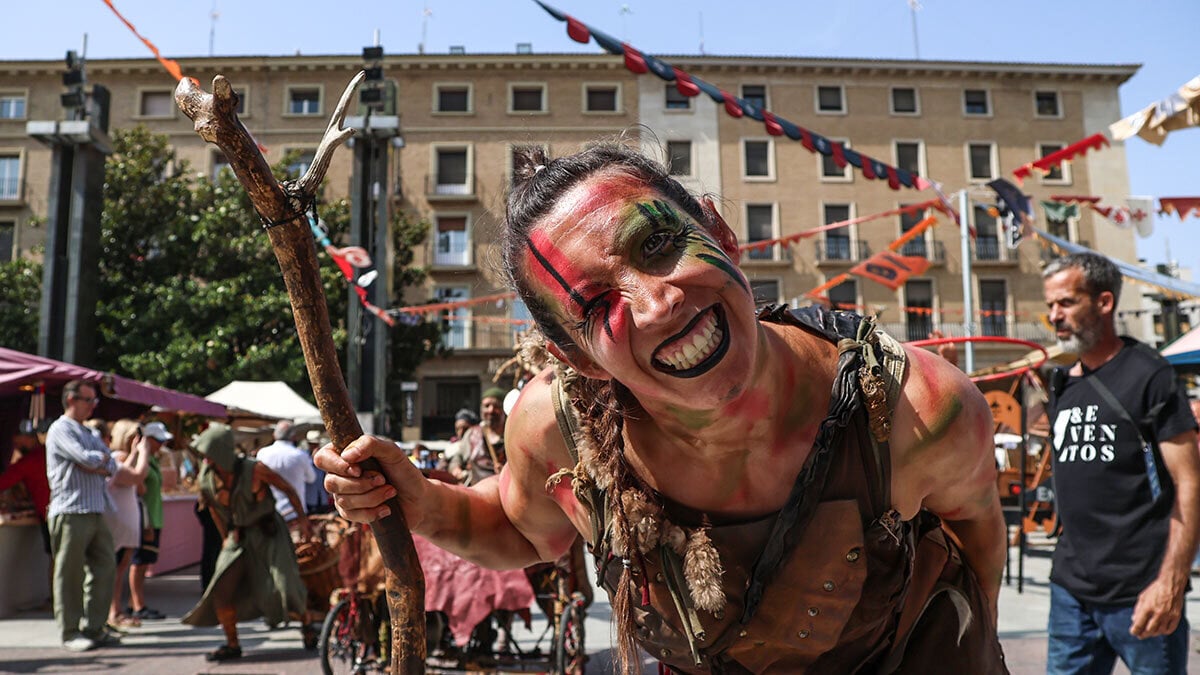
What was Julieta’s fifth? The incredible idyllic garden for Zaragoza ride more than a century ago
In full rise of the Saragossa At the end of the nineteenth century, a dream oasis emerged between the city and the imperial channel: Juliet’s fifth. Inaugurated in 1897 by the engineer Enrique Sagols Ferrer and his wife Julia Rodrigo Coutens, that Villa-Recreo rose about about five hectares of lush gardens, lakes, waterfalls and grottos, all crowned by a small castle of romantic airs that seemed out of a story.
What was at first a private refuge for the bourgeois elite, soon became an open place to the enjoyment of citizens. On Sundays and holidays, whole families moved by tram to Torrero, and from there, in a gondola called Santa Cecilia, they sailed the channel until they reached this paradisiacal corner that offered nature, leisure and rest without leaving the city.
However, the fifth was not just a decorative garden. It also housed facilities that responded to the new idea of urban recreation: swings, sports spaces, a small bullring and a restaurant with terrace. Artisanal products such as honey or eels were sold, raised in the same farm, and neither the doves nor the hives were missing. It was a space where the natural, the social and the artistic lived.
With its villa of Torrecillas, its bridges on water and its exotic vegetation, Julieta’s fifth became one of the most beloved places by the Zaragozans of that time. Today, his memory lives in literary chronicles, in old photographs and in the nostalgia of a city that was transformed over the centuries.
Fifth Julieta, an idyllic garden in the Zaragoza of the nineteenth century
The illustrious visitors of the fifth Julieta
The evolution of the fifth Julieta: from its origins to its disappearance
Fifth Julieta, an idyllic garden in the Zaragoza of the nineteenth century
Juliet’s fifth was conceived as a recreation village inspired by European romantic parks. Sagols Ferrer, its founder, designed a space of more than 50,000 square meters full of lush vegetation, artificial lakes, caves, roundabouts and sculptures that combined the natural with the fantastic. It was a kind of “small versalle Zaragozano” that offered a complete sensory experience.
In addition to its gardens, it had a Swiss -inspired villa, adorned with Torrecillas, and a catwalk that linked both sides of the channel. The place was so unique that it became an unparalleled tourist and cultural attraction in the city. It was common for the newspapers of the time to recommend the Sunday to the fifth as one of the favorite plans among the well -off families, thus marking a new way of understanding urban leisure.
The illustrious visitors of the fifth Julieta
The beauty of the place and its exclusive atmosphere attracted some of the most prominent characters in the cultural landscape of the time. Among them, Benito Pérez Galdós, who attended during the Spanish-French exhibition of 1908 to an honor in the gardens of La Quinta. The act was remembered as one of the most significant literary visits that Zaragoza has hosted.
Emilia Pardo Bazán and Ramón J. Sender also passed through the fifth, the latter even turned her into a literary scenario and symbol. In his novel “La Quinta Julieta”, published in 1969, Sender describes her as a magical, almost unreal place, “a utopian Zaragoza” that was accessed on a ship-cisne through the canal. That image consolidated the fifth as more than a physical space: it became a myth.
The evolution of the fifth Julieta: from its origins to its disappearance
As the city grew, the customs and the environment of the fifth also changed. During the first third of the twentieth century, he was losing his character as a park open to the public and became a private property. In the thirties, the farm was acquired by the Society of Jesus, which made it a spiritual exercise house linked to the Savior College.
With the passage of time, the recreational facilities disappeared, the gardens stopped taking care of themselves with the dedication of yesteryear and the buildings were reformed with practical criteria, losing part of their original charm. Although some architectural and natural elements were preserved for a while, the playful essence of the fifth was progressively disappearing.
Today, from the old paradise there are only memories and the occasional partially recognizable structure. The property continues to belong to the Jesuits, and although its sale was rumored in 2024, it finally remained a private space. However, for the Zaragozanos who knew her – or imagined her through words like Sender – Juliet’s fifth will continue to be a lost symbol of that Zaragoza that dreamed of enchanted gardens.






